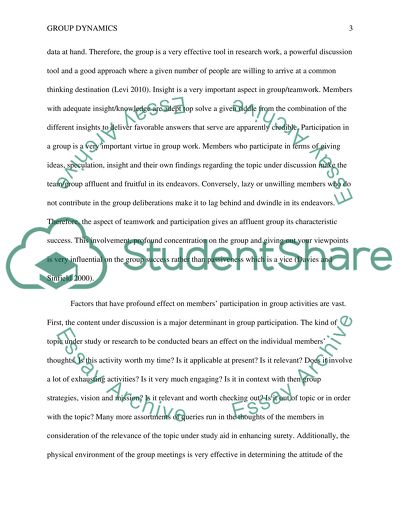Cite this document
(Group Dynamics Case Study Example | Topics and Well Written Essays - 2000 words, n.d.)
Group Dynamics Case Study Example | Topics and Well Written Essays - 2000 words. Retrieved from https://studentshare.org/social-science/1584109-group-dynamics
Group Dynamics Case Study Example | Topics and Well Written Essays - 2000 words. Retrieved from https://studentshare.org/social-science/1584109-group-dynamics
(Group Dynamics Case Study Example | Topics and Well Written Essays - 2000 Words)
Group Dynamics Case Study Example | Topics and Well Written Essays - 2000 Words. https://studentshare.org/social-science/1584109-group-dynamics.
Group Dynamics Case Study Example | Topics and Well Written Essays - 2000 Words. https://studentshare.org/social-science/1584109-group-dynamics.
“Group Dynamics Case Study Example | Topics and Well Written Essays - 2000 Words”. https://studentshare.org/social-science/1584109-group-dynamics.


